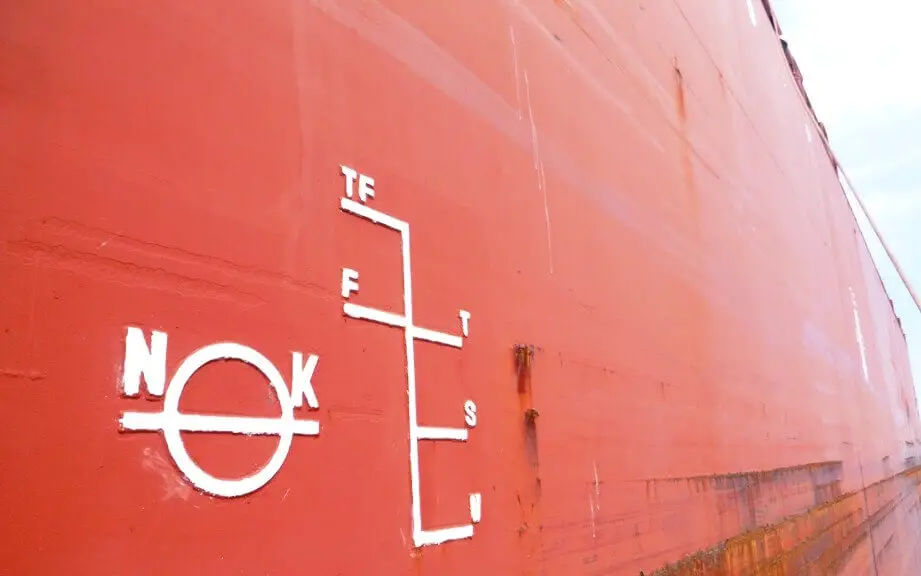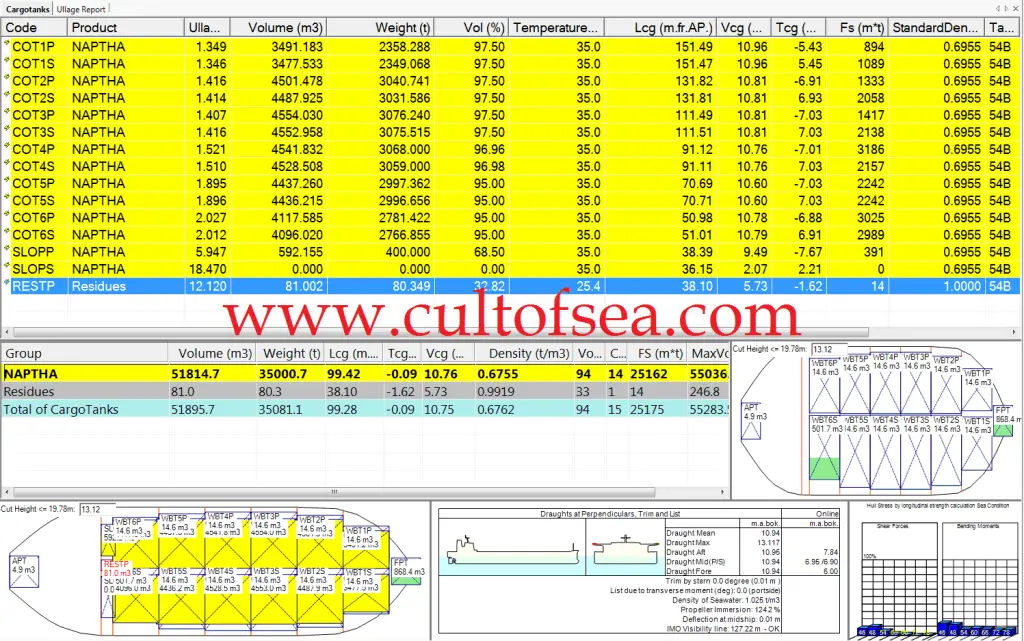Gross Observed Volume (GOV): The total volume of all petroleum liquids and sediment and water, excluding free water, at observed temperature and pressure.
Gross Standard Volume (GSV): The total volume of all petroleum liquids and sediment and water, excluding free water, corrected by the appropriate volume correction factor (VCF) for the observed temperature and API gravity, relative density, or density to a standard temperature such as 60°F or 15°C and also corrected by the applicable pressure correction factor and meter factor.
Relative Density: It is defined as the ratio of the density of a given substance with respect to the density of a given reference material whose density is already known.If we consider Relative density with respect to water then it is termed as Specific gravity.
Weight Correction Factor (WCF): the numerical value determined by laboratory analysis or by standardised computer arithmetic that when multiplied by the Gross Standard Volume results in the weight of the product. The factors applicable for bands of API (relative density) are available in standard tables booklets or may be computed using a standardised format.
Density at 15 0C in air = Density at 15 0C in vacuum – 0.0011
Volume Correction Factor (VCF): the numerical value determined by laboratory analysis or by standardised computer arithmetic that when multiplied by the Gross Observed Volume at tank temperature results in the volume of the product at its standard temperature (150C or 600F). The factors applicable for bands of API (relative density) and temperature are available in standard tables booklets or may be computed using a standardised format. If the VCF is below 1 it is shown accurate to 5 places of decimal otherwise, it is shown in 4 places of decimal.
Net Standard Volume (NSV): The total volume of all petroleum liquids, excluding sediment and water and free water, corrected by the appropriate volume correction factor (VCF) for the observed temperature and API Gravity, relative density, or density to a standard temperature such as 60°F or 15°C and also corrected by the applicable pressure correction factor and meter factor.
Net Standard Weight (NSW): The total weight of all petroleum liquids, excluding sediment and water and free water, determined by deducting the S&W weight from the Gross Standard Weight (GSW).
OBQ (On Board Quantity): The material remaining in vessel tanks, void spaces, and/or pipelines prior to loading. On-board quantity includes water, oil, slops, oil residue, oil/water emulsions, sludge, and sediment.
ROB (Remain on Board): The material remaining in vessel tanks, void spaces, and/or pipelines after discharge. Remaining on board quantity includes water, oil, slops, oil residue, oil/water emulsions, sludge, and sediment.
Clingage- Oil residues which adhere to the surface of tank walls and structures on completion or discharge.
Critical zone- The volume close to the bottom or a floating roof tank in which there are complex interactions and buoyancy effects as the floating roof comes to rest on its legs. The zone is usually clearly marked on tank calibration tables and measurements for custody transfer should not be made within it.
In-transit loss- The difference between the Total Calculated Volume on board a vessel after loading and the Total Calculated Volume on board before discharge.
Load on top (LOT)– The procedure of commingling the recovered oil slops with the next cargo by loading the cargo on top of the slops.
Meter factor- The ratio of the actual volume of liquid passed through a meter to the volume indicated by the meter.
Meter K-factor- The number of pulses emitted by a meter whilst unit volume is delivered (usually expressed in pulses/m3).
Outturn- The quantity of material discharged from a vessel, measured by a shore terminal.
Outturn Certificate- A statement issued by a receiving terminal and/or cargo surveyor certifying the outturn.
Outturn Loss- The difference in Net Standard Volume of oil between the quantity shown on the Bill of Lading and the quantity shown on the Outturn Certificate. The adjusted loss is the Outturn Loss corrected for the difference between the OBQ and the ROB. where applicable.
Sediment- Suspended Sediment: Non-hydrocarbon solids present within the oil but not in solution.
Bottom Sediment: Non-hydrocarbon solids present in a tank as a separate layer at the bottom.
Total Sediment: The sum of the suspended and bottom sediment.
Slops- Material collected after such operations as stripping. tank washing or dirty ballast separation. It may include oil, water, sediment and emulsions, and is usually contained in a tank or tanks permanently assigned to hold such material.
Dissolved Water: The water contained within the oil forming a solution at the prevailing temperature.
Suspended Water: The water within the oil which is . finely dispersed as small droplets.
Note: It may, over a period or time, either collect as free water or become dissolved water depending on the conditions or temperature and pressure prevailing.
Free Water: The water that exists in a separate layer. (It typically lies beneath the oil.)
Total Water: The sum of all the dissolved, suspended and free water in a cargo or parcel of oil.
Water cut or dip: The measured depth of free water.
Wedge formula: An equation relating the volume of liquid material in a ship’s tank to the dip, ship’s trim, dipping point location and the tank’s dimensions when the ship’s calibration tables cannot be applied. To derive the equation, assumptions have to be made. The major assumption in the derivation is that the material is free flowing and will accumulate in the aft end of a tank when the ship is trimmed by the stern.
Weigh conversion factor- A factor dependent on the density for converting volume to weight-in-air. Such factors shall be obtained from the API-ASTM-IP Petroleum Measurement Tables.


Leave a Reply